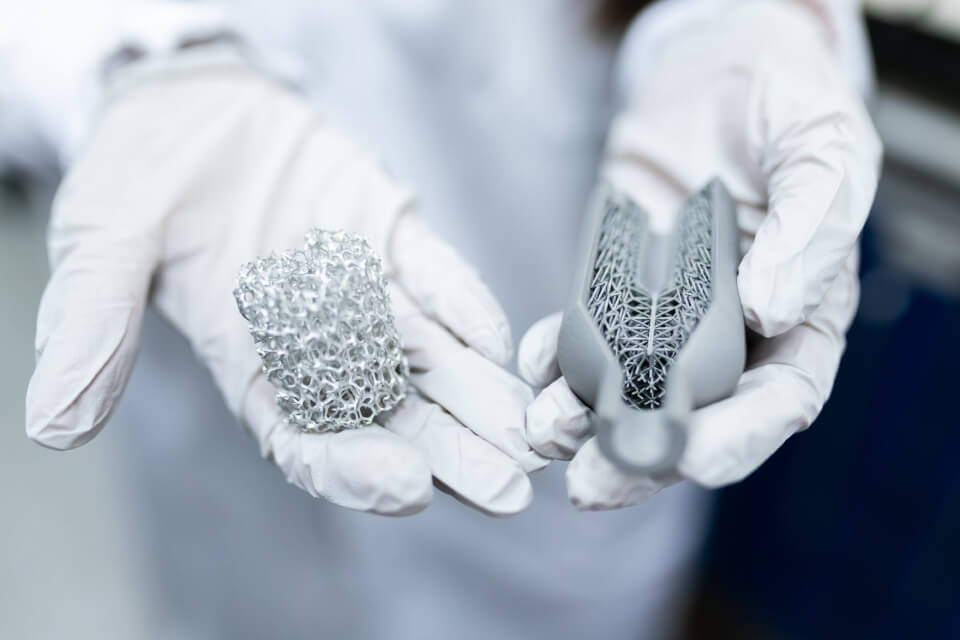
In the ever-evolving landscape of technology, computer hardware stands as the cornerstone of progress. It’s the tangible foundation that powers our digital world. From the simplest abaci to the most advanced artificial intelligence systems, computer hardware has traversed a remarkable journey, reshaping industries and enhancing human capabilities. In this article, we’ll delve into the fascinating history and development of computer hardware, exploring its transformation through generations and its crucial role in shaping our present and future.
Introduction
Computer hardware, often overshadowed by its software counterparts, plays a pivotal role in the digital ecosystem. It encompasses a wide array of physical components that collectively enable computing tasks, from arithmetic calculations to complex simulations. As technology continues to accelerate, hardware innovation remains instrumental in driving progress.
The Early Days of Computing
The Abacus: A Foundation for Calculation
The journey of computer hardware dates back to ancient civilizations, where the abacus emerged as the earliest computing device. Consisting of beads arranged on rods, the abacus facilitated basic arithmetic operations, laying the groundwork for future advancements.
The Emergence of Mechanical Calculators
In the 17th century, mechanical calculators took center stage. Devices like Blaise Pascal’s “Pascaline” and Gottfried Wilhelm Leibniz’s “Stepped Reckoner” automated arithmetic operations. These intricate machines marked a leap forward in computation.
The Electronic Era
ENIAC: Pioneering Electronic Computing
The Electronic Numerical Integrator and Computer (ENIAC), developed during the 1940s, marked a monumental shift. It harnessed vacuum tubes to perform calculations, reducing processing times significantly. However, its massive size and limited programmability showcased the need for further innovation.
Transistors and Integrated Circuits
The invention of the transistor in the 1950s revolutionized computing. Transistors replaced vacuum tubes, making computers smaller, more reliable, and energy-efficient. The subsequent development of integrated circuits by Jack Kilby and Robert Noyce paved the way for compact and powerful computing systems.
Microprocessors and Personal Computing
Birth of the Microprocessor
The 1970s introduced microprocessors, consolidating CPU functions on a single chip. Intel’s 4004 processor spearheaded this era, leading to the birth of personal computers. The Altair 8800 and subsequent models ignited a passion for personal computing.



